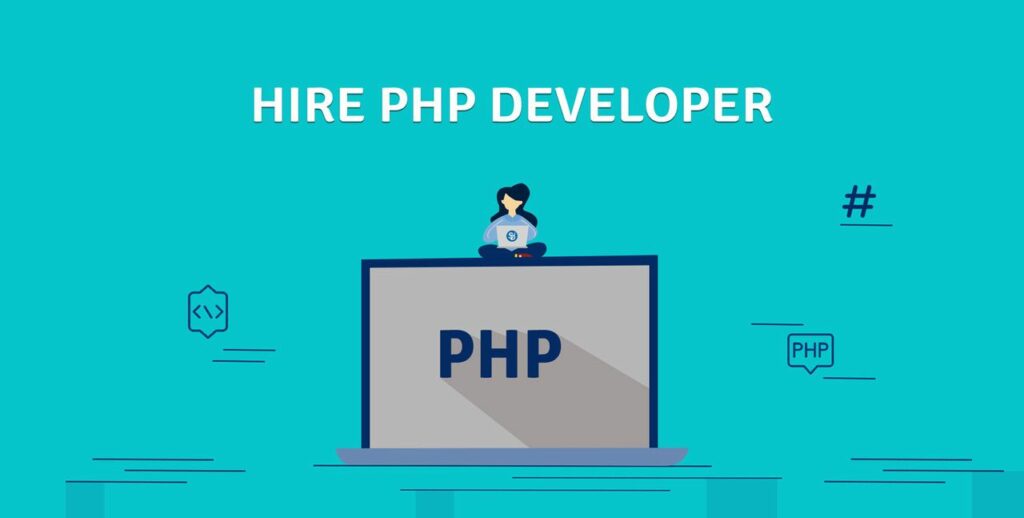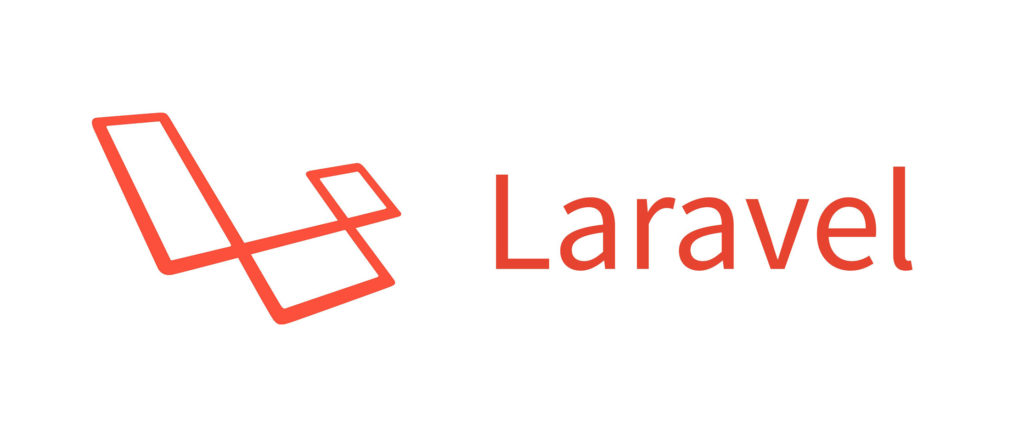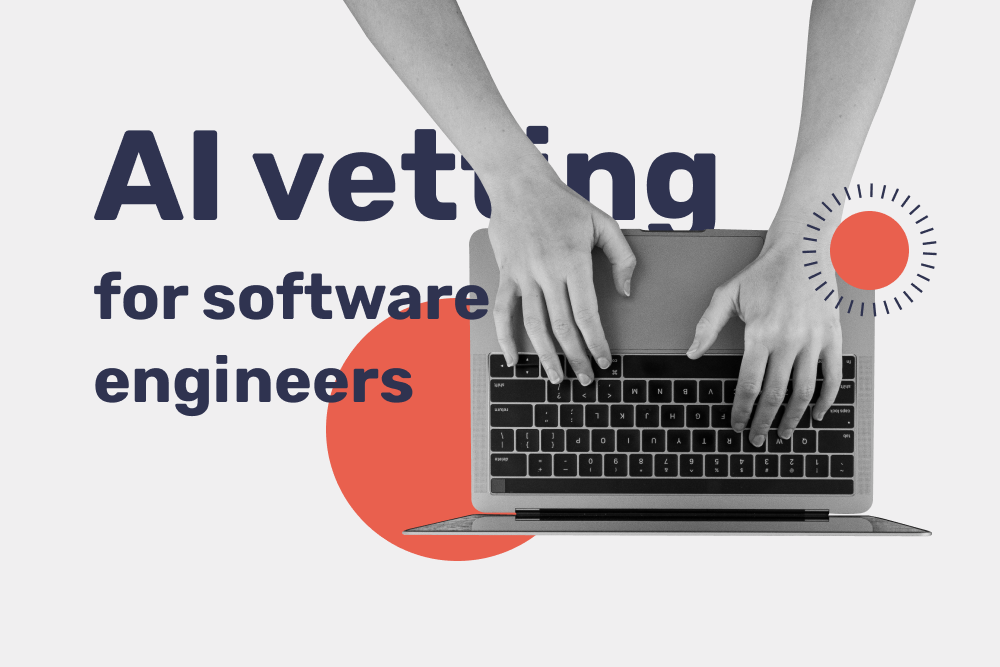PHP is one of the most popular languages programming learners start with. According to statistics, in 2018, there were 5.5 million PHP developers. Compared to 2013, the number grew by 500,000 new developers — this exponential growth trend will likely hold through this decade as well.
While having a wide pool of programmers to choose from has a ton of benefits for business owners and project managers, it might be hard for a non-tech-savvy manager to tell a professional programmer apart from an amateur.
In this post, we collected the list of basic and advanced PHP developer interview questions that help tech team leaders find professional and growth-oriented developers. Talent and project managers, as well as business owners, can use this list of PHP developer interview questions to close both junior and senior programmer openings.
15 Basic PHP Developer Interview Questions
If you are hiring a junior PHP developer, there’s no need to complicate the interview with challenging code reviews or in-depth theoretical questions. Instead, you want to make sure that the candidate understands the main benefits of PHP, the language’s applications, and the tools it offers to build web projects.
Here are 15 PHP developer interview questions a talent manager can ask a junior programmer to gouge out his skills.
Question #1. Briefly describe PHP
Answer: PHP is an abbreviation for Hypertext Preprocessor. It’s an open-source server-side language used for creating websites and web applications. The language offers robust database support: it can be used in conjunction with Oracle, MySQL, PostgreSQL, Solid, Sybase, and many more DB systems.
If you need to hire PHP developers with affordable rates, find out what Bridge Teams have to offer.
Question #2. List the main benefits of PHP
Answer: these are the main advantages of PHP compared to other server-side scripting languages:
- The open-source nature gives developers quick and continuous access to new tools, frameworks, and libraries.
- Strong, easy to manage database connection that facilitates storing and managing user data.
- Platform independence — PHP offers a robust toolset for all popular operating systems: Windows, Linux, Unix, and macOS.
- A wide range of frameworks that speed up application development, ensure project security, and its compliance with best programming practices.
Question #3. Explain the meaning of PEAR
Answer: PEAR (standing for PHP Extension and Application Repository) is a library of reusable components developers can use in their projects. Other than containing off-the-shelf code snippets, the framework also offers a command-line interface that allows developers to install a component automatically.
Question #4. How do you execute a PHP script using the command-line interface?
Answer: to run a PHP script, a developer needs to enter the PHP command in the interface and specify the name of the script she wants to run (as shown in the example below):
php script.php
Question #5. Which scripting engine is used in PHP?
Answer: As for 2020, PHP uses Zend Engine 2.
Question #6. Which programming languages does PHP resemble by syntax?
Answer: PHP has a lot of syntax similarities with Perl and C.

Question #7. Which popular PHP-based content management systems do you know?
Answer: thanks to its web-friendliness, the language is used as a backbone for a lot of modern CMS platforms. The most popular ones are:
- WordPress — the website builder relies on PHP and MySQL on the server-side.
- Magento — an e-commerce-facing CMS that is built and runs on PHP.
- Drupal — a CMS platform that is developed using PHP and distributed under the GNU license.
- Joomla — the CMS is built using PHP and based on the model-view-controller framework.
Question #8. How many data types are there in PHP? Name them, please.
Answer: PHP developers work with nine primitive data types. These can be grouped into forur categories: scalar, array, resource, and null.
Scalar data types in PHP:
- Float
- Boolean
- Spring
- Integer.
Array data types in PHP:
- Callable.
Resource and NULL are considered two special data types.
Question #9. Does PHP support multiple inheritances?
Answer: No, there’s no multiple inheritance support in PHP.
Question #10. Define “echo” and “print” in PHP
Answer: in PHP, echo, and print are two ways for developers to get data output. The differences between the two are subtle:
- Echo has no return value while print has a return value of 1 and can later be used in expressions.
- While print can only take one argument, echo can have several parameters.
- Although by a small margin, echo is faster than print.
Question #11. What do PHP final classes and final methods mean?
Answer: the attribute ‘final’ was first implemented in PHP5.
The final class defines a class that a developer can no longer extend.
The final method defines a method that cannot be overridden.
Question #12. How to define a PHP constant?
Answer: to define a PHP constant, a developer can call one of the following functions:
- define()
- const()
It’s worth mentioning that an identifier or a name is considered a constant if there’s no way to change them during the script’s execution.
Question #13. Explain the difference between Include, Include Once, Require, and Require Once
If a developer wants to include the same file more than once in a PHP script, she uses include. There are no limitations as to how many times a file can be added to a script.
Include Once, on the other hand, sets a limit on how many times a file can be added to a script. After you’ve added a file, the system will reject all the attempts to attach it again.
Require is used to ensure that a PHP script runs only if all included files are found in their designated locations. In case the file wasn’t found during the script execution, the system returns a Fatal error message.
Require once is used when the same file is included in the script only once. The system will ignore a developer’s attempt to add the same file for the second time. If the included file is not found at its supposed location, the system will return an error message.
Question #14. How can a developer connect to MySQL by running a PHP script?
Answer: to connect a PHP script and MySQL, a developer needs to call the connect() function. Here’s the example syntax for the procedure:
<!–?php $database = mysqli_connect(“HOST”, “USER_NAME”, “PASSWORD”); mysqli_select_db($database,”DATABASE_NAME”); ?–>
Question #15. What are the array types in PHP?
Answer: there are three types of PHP arrays:
- Indexed — the arrays that have numeric keys.
- Associative — there’s a defined value corresponding to each key.
- Multidimensional — there are one or more arrays inside of the array.
By definition, a PHP array is a data type that stores multiple values as a single value.
If you want to get more tips on hiring software developers, take a look at our post covering software engineering interview questions.
10 Laravel Interview Questions
If you are running a PHP-based project, chances are, you are using frameworks like Laravel to speed up development and facilitate scalability.
When looking for Laravel developers, make sure the candidates you interview have a solid understanding of how the framework optimizes development and don’t lack hands-on experience with Laravel app development.
Let’s take a look at the top 10 Laravel questions, ranging from basic to advanced, you can ask a developer during the interview.

Question #1. Define Laravel
Answer: Laravel is an open-source PHP framework that facilitates building web applications. The tool relies on the MVC architecture and is distributed under the MIT license. A developer can access Laravel’s source code on GitHub.
Question #2. Does Laravel include HTTP middleware?
Answer: By definition, HTTP middleware is a technique that helps process HTTP requests. Laravel uses it to ensure that all app users completed authentication successfully.
Question #3. What is Route in Laravel?
Answer: In Laravel, a route acts as an application pointer. By definition, it’s an endpoint specified by the Uniform Resource Identifier.
If a candidate chooses to put the answer simpler, he can say that a root dictates which HTTP methods interact with the URI and directs a method to the controller.
Question #4. Define Laravel Composer
Answer: in Laravel, Composer is a package manager that facilitates managing libraries and code dependencies without deviating from the standard PHP format.
Question #5. Name the most common directories used for building Laravel apps
As a rule of thumb, developers use four popular directories when working on Laravel projects. These go as follows:
- Config/ contains all the configuration files of a project. Typically, a developer can’t modify them directly since they are dependent on the values contained in the environment file at the application’s root.
- App/ contains the source code of the application — its policies, models, and controllers.
- Database/ hosts database files — seeds, test factories, and migrations.
- Public/ is a directory that houses publicly accessible data, as well as index.php.
Question #6. Describe Laravel contracts
Answer: in Laravel, contracts are predefined interfaces of an application. They correspond to the core services of the project.
Question #7. Define reverse routing in Laravel
Answer: reverse routing is a method developers use to generate URLs based on symbols or filenames. Reverse routing is a helpful feature since it promotes flexibility within the project.
Question #8. How can a developer register a service provider using Laravel?
Answer: in order to register a service provider via the framework, a programmer has to add a corresponding class name to the config/app.php file.
Question #9. How are ‘get’ and ‘post’ Laravel methods different?
Answer: Get() is a method developers use to send a well-defined amount of data to the header of the page.
Post() is a method that allows sending large data volumes to the body of the page.
Question #10. Define Laravel events
Answer: in Laravel, “events” are an implementation that allows observers to listen to and track different events that occur within the project.
Find out how to hire top-tier Laravel developers with Bridge Teams.
5 Advanced PHP Developer Interview Questions
While hiring junior PHP developers is rather straightforward — you can give them a couple of theory-based questions, take a look at their work on GitHub, and conclude the evaluation, the process gets complicated when looking for senior programmers.
To make sure you found the right senior specialist to lead a PHP project, add the following PHP developer interview questions questions to your question list. If you are wondering how much a senior PHP developer is typically paid, take a look at our article on software developer salary.
Question #1. How can a PHP developer pass a variable for a reference?
Answer: to handle such an operation, you need to put an ampersand in front of a variable, the following way:
$var1 = &$var2
Question #2. Describe the difference between PHP error messages in detail
Answer: there are three types of error messages in PHP — here are the differences between them:
- Notice — a warning about a minor in-app error that doesn’t compromise the system’s functionality.
- Warning — although the execution will continue, a developer should pay attention to warnings since they mean that there was no way to retrieve a file included in the script.
- A fatal error notice shuts the execution down. One of the most common causes of this error notice is not satisfying the requirements of the require() method.
Question #3. Define dependency injection and elaborate on its main types
Answer: Dependency injection is a practice of defining the dependence of one object on another. In PHP, there are three dependency injection types:
- Interface injection.
- Constructor injection.
- Setter injection.
Question #4. Explain the difference between var_dump and print_r()
Answer: Both functions are used to display information regarding variables — having said that, there are notable differences between the two”
Print_r() displays variable data in such a way that a human can understand it. The values are displayed as a range of elements and keys.
Var_dump offers structured data about an expression — developers use it to see the composition of a variable.
Question #5. Explain the difference between != and !==
Answer: In PHP, != is used to express non-equality (meaning that $A doesn’t equal $B) while !== expresses non-identity ($a and $b are not identical).
Conclusion
A professional, reliable developer is a tech team leader’s key to a successful project. That’s why, if you aim to build a web application in PHP or Laravel, make sure to put some time into planning out job interviews. Using PHP developer interview questions questions from the list above, a non-technical person will still be able to understand how skilled the candidate in front of them is.
Another way to go about optimizing the software developer hiring process is by gathering a team of PHP programmers abroad. Bridge Teams, for one, helps business owners build global headquarters, offering assistance during talent search, job interviews, and office management. Our professionals help SME and large-scale business owners expand their in-house teams and hire skilled, affordable developers abroad.
To calculate how much hiring a developer in Eastern Europe or Latin America costs, use our budget calculator. To find out more about the hiring assistance our team provides, and the platform we provide managers with, leave us a message.



